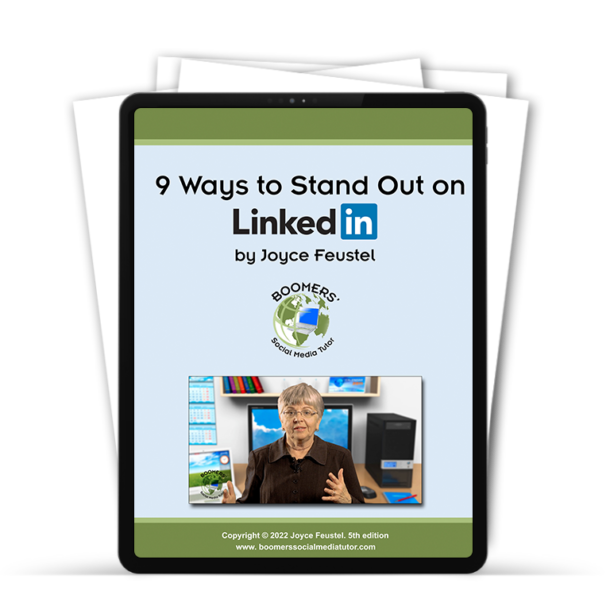This blog post: Meetup Groups: the what, how and why addresses many aspects of Meetup groups. Many people attend Meetup groups, yet they don’t really know how Meetup works.
What is Meetup and How Did It Get Started?
According to Meetup’s Facebook business page:
“Meetup is the world’s largest network of self-organized clubs and community groups. We make it easy for anyone to organize their own local group, or find one of the thousands already meeting face-to-face.”
Scott Heiferman, Matt Meeker, and Brendan McGovern launched Meetup in June 2002 in New York City. They created Meetup after seeing the outpouring of community support and personal connections that happened after the horrific attacks of 9/11. These founders decided to use the internet to get people offline and connect them with each other through groups that met face to face.
Another inspiration for founding Meetup was Robert Putnam’s 2000 book Bowling Alone: The Collapse and Revival of American Community. Quoting from a Wikipedia article about the book:
“He has described the reduction in all the forms of in-person social intercourse upon which Americans used to found, educate, and enrich the fabric of their social lives. He argues that this undermines the active civil engagement, which a strong democracy requires from its citizens.”
Why Join a Meetup Group?
Citing from the Meetup’s website:
“Meetups help people:
– Do what they love
– Find others and make friends
– Get involved in local communities
– Learn, teach, and share
– Rise up, stand up, unite, and make a difference”
How Do You Join a Meetup Group?
You start by creating a profile via www.meetup.com
Doing this is free of charge.
To help you find a group, you need to enter the name of your community or your postal code. Then you indicate how far you are willing to travel to get to a Meetup and the topics you are interested in. You then get emails from Meetup suggesting Meetup groups based on your location and interests.
Some groups will require you to answer a few questions prior to joining the group. Once you do that, the group’s organizer typically approves you as a member. Then Meetup notifies you by email of upcoming meetings of the Meetup group.
How to Get the Most Out of Meetup Groups*
- The more you give to the meetup, the more you’ll get out of it, in terms of the relationships and opportunities.
- Be a welcoming presence, especially to the newcomers to the group. As appropriate, schedule one to ones with other members of the group.
- Is there an aspect to your meetup’s topic that you are great at or know a lot about? Be there to answer questions about it, and people will see you as a valuable resource.
- Don’t be pushy, salesy or annoying. If you go to a Meetup group solely trying to pitch your product or service, people will not be drawn to you.
*For more information on these tips, see Stephan Spencer’s article: “Meetup.com: A Secret Weapon for Your Career and Personal Brand.”
https://www.huffingtonpost.com/stephan-spencer/using-meetupcom-as-a-bran_b_4767898.html April 2014
Starting a Meetup Group
- Create a Meetup Account. The cost for the subscription is $90 every six months for most Meetup groups. You can have three entities share the account and each have a Meetup Group.
- Research other Meetup groups with a similar purpose to yours.
- Read the tutorials on Meetup about starting a Meetup group, and write to help center staff as needed.
- Clearly describe who the group intends to serve, the purpose of the group and what happens at each Meetup event.
- Provide specific directions for how to find the location of the Meetup group, including the room where it meets.
- Always have at least one event scheduled for your group.
- Use a variety of ways to publicize your Meetup group.
- Keep the focus on the group and helping the members.
What About You?
Have you been part of Meetup groups? What kinds of groups have you joined, and how have they provided a value to you? If you run a Meetup group, please share your tips for having a successful group.
About Joyce
Joyce Feustel helps people, especially those age 45 and up, become more effective using social media, especially Facebook, LinkedIn, Pinterest, and Twitter. She provides social media tutoring and training to business owners, business development professionals, authors, speakers, coaches, business consultants, job seekers, and many others. Find her at www.boomerssocialmediatutor.com.





Leave A Comment